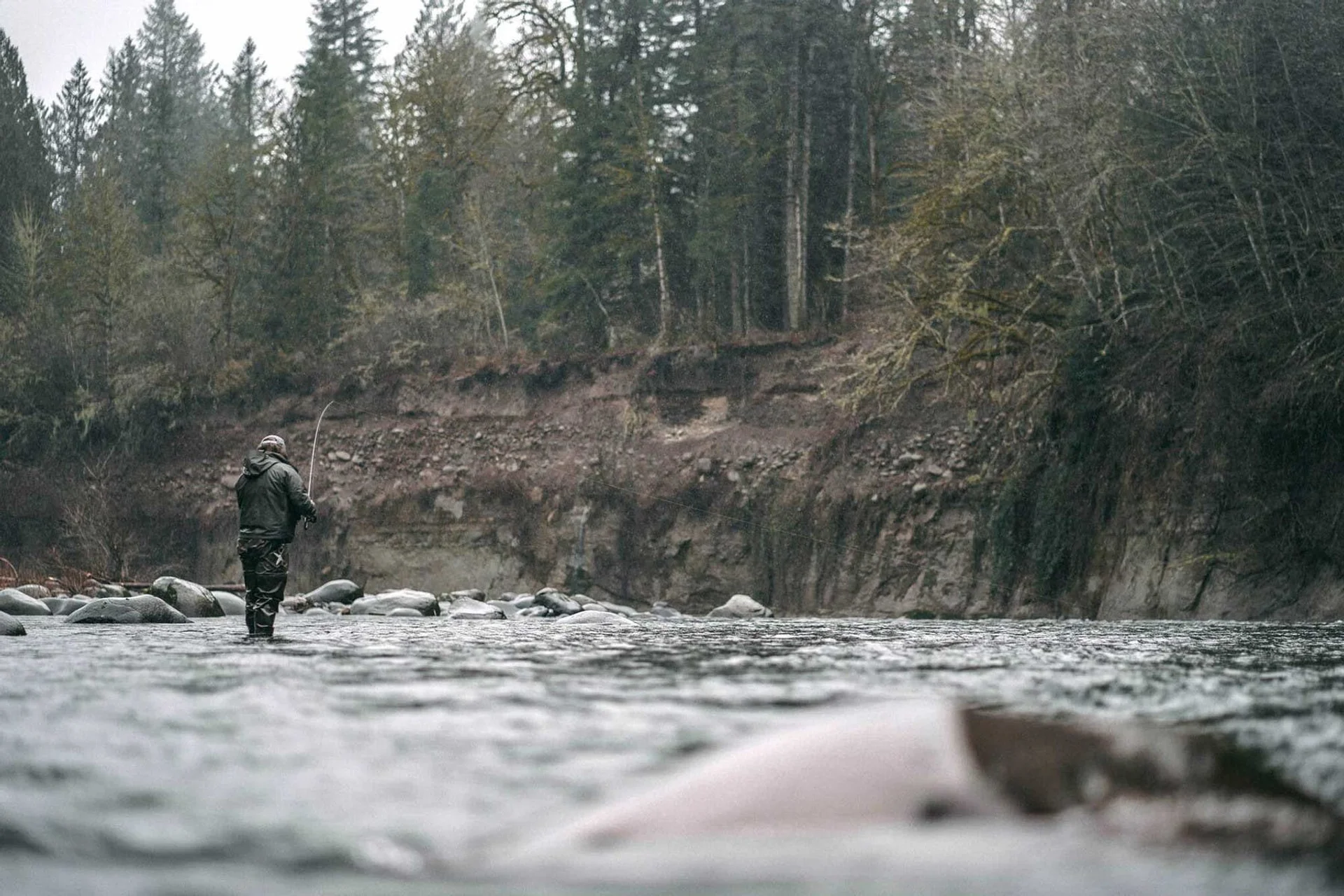Smallmouth Spawning Spectacle

Addicted Fishing’s Marlin LeFever on why you should take the time to locate the prefect backwater areas.
When spring warms the Columbia River, Addicted Fishing’s Marlin LeFever knows it’s time for a concentrated season of absolutely astounding shallow water action. The target: smallmouth bass staging for their upcoming spawn.
As the fish advance from deeper water, they’ll stake out pit stop areas adjacent to the spawning zone where they can feed heavily. The prespawners will be scattered throughout the system, but LeFever notes the common denominator.
“We’re fishing a lot of shallow backwater areas that heat up quicker than the rest of the river,” LeFever said. “You’re looking for rocky areas, especially transition areas where large rocks transition into smaller rocks and gravel.”
LeFever said that locating the right backwater areas can lead you to an all-out smash fest. Reason being, these warmer backwaters provide prespawn smallies a comfortable break from the main river, which is still cold from seasonal snow melt.

Narrowing down the search, he suggests looking for areas with lots of large boulders. These sizable formations serve as solar panels to collect the sun’s heat and then radiate this warmth into adjacent waters.
“You’re also looking for areas where it goes from deep to shallow quickly,” LeFever said. “The fish will get up next to and between those boulders, but they want to feel safe. So they won’t necessarily do that unless you can find the ledges and drop-offs where it goes from 16 feet up to 3-4 feet. They’ll move up onto those flats to spawn and then feed off the ledges. So you can get them in both areas when you see those drop-offs.
“There’s really nothing magical about this — it’s so easy to do. There are so many smallmouth in this river, if you find the backwaters where the water temperatures are higher than the rest of the Columbia River, you’re going to hook so many smallmouth you’re not going to know what to do — it’s just that good.”
Focusing on these warm, shallow areas, LeFever said prespawn smallmouth are an angler’s power fishing dream. Smallies are naturally aggressive and this chapter before their spawn is one of heightened enthusiasm.
“We’re fishing a lot of crankbaits and searching a ton,” LeFever said. “Bouncing them off rocks is the key because this triggers strikes.”
A Bomber Model A crankbait is the most popular model for Addicted Fishing guides and fire tiger or crawdad patterns do most of the work. Crankbaits are pretty user-friendly — just cast and wind. For optimal performance, LeFever retrofits his baits with what he considers superior hardware.
“We love the Mustad KVD Triple Grip trebles,” he said. “They’re so sticky, it’s hard for a fish to shake loose.”
A 7-foot medium-heavy, fast-action rod with a 7:1 baitcaster carrying 50-pound braid is the ideal setup for this type of fishing. A top shot of 20-pound fluorocarbon keeps the deal stealthy, but LeFever points out the make-it-or-break-it detail.
“If you aren’t hitting the rock with your crankbait, you’re not fishing,” he said. “If you’re not crashing the nose off those rocks, you’re wasting your time.”
